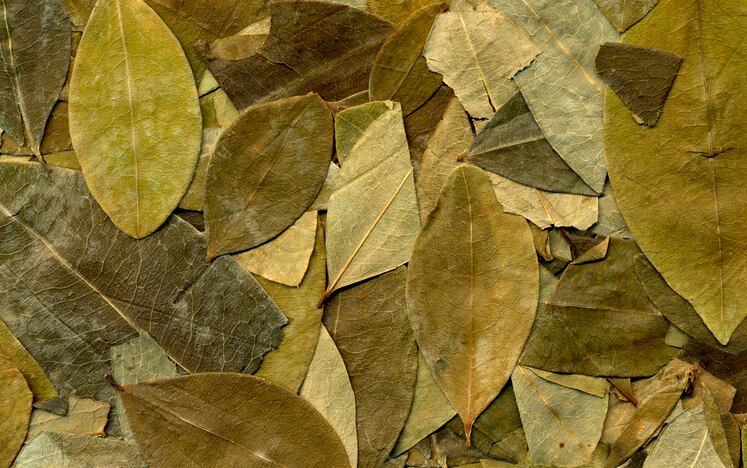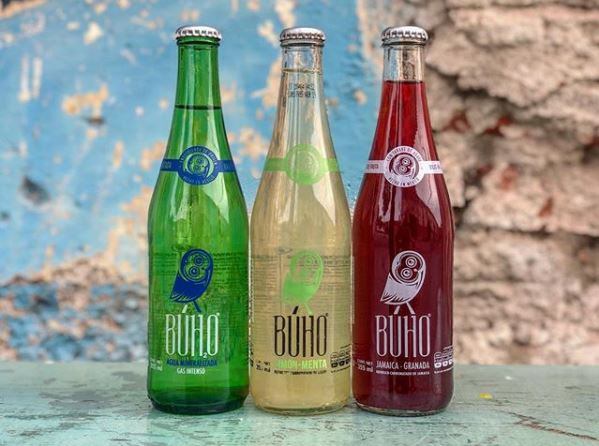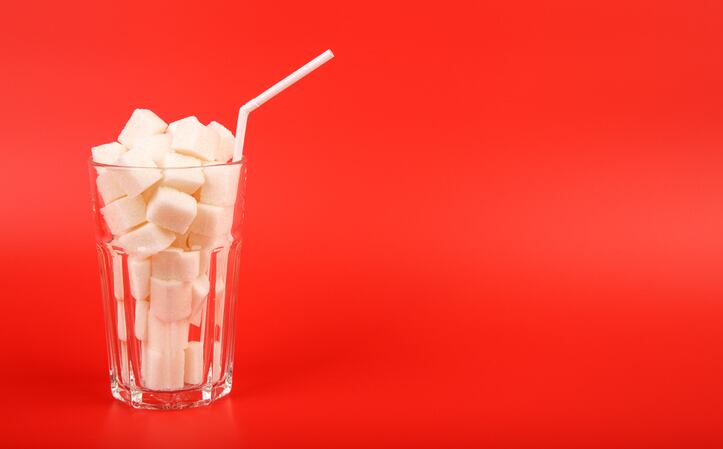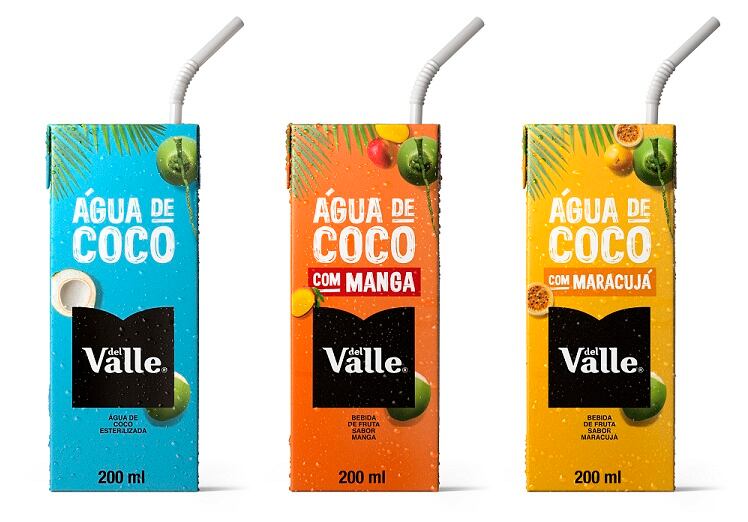Published this month, the patent describes a method for improving the taste of a diet cola beverage product by adding a de-cocoainized coca leaf plant extract.
It was filed by Gregory Aharonian, president and chief scientist at KukaXoco, a coca leaf R&D company.
According to the patent, the liquid or powder extract is effective when combined with a diet cola beverage at a ratio by weight of approximately 22:1 to 44:1. It can also improve the taste of diet cola syrups.
“Drinking the resulting beverage ends with a more pleasant taste and/or aroma as opposed to the taste and/or aroma that occurs solely with existing diet colas,” it reads.
After testing samples of the extract in Diet Coke in plastic bottles for 60, 90 and 120 days, there was little or no noticeable difference in taste, aroma or coloring; no clouding or sedimentation; and acidity levels “barely changed”.
The scientist analyzed the properties of the drinks pre- and post-coca extract using gas chromatography-mass spectrometry.
The ingredient is also cost-effective; if bought in large quantities, the extract is equivalent to around three or four cents (US$) per beverage.
'A whole new flavor chemistry for food & beverages'
Aharonian believes the coca extract is a game-changer for the food industry.
"First, it works," he told FoodNavigator-LATAM. "Second, [...] coca leaf extract contains new aromatic chemicals rarely used in the food and beverage industry. This suggests a whole new flavor chemistry for food and beverages.
"The chemicals in the coca leaf are not sweeteners, but rather undiscovered aromatic chemicals that make some foods and beverages more pleasant to consume – without adding sweetener. And just think of all of the other possible plant extracts in Latin America that might have similar beneficial uses."
Flavor failure
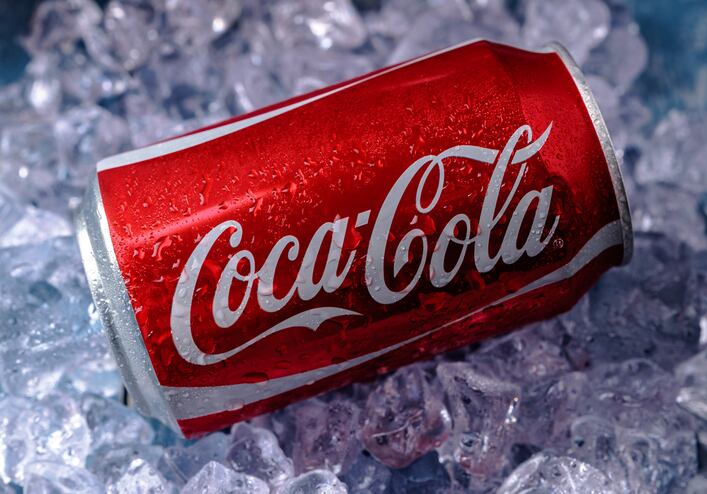
In the patent, Aharonian slams PepsiCo and Coca-Cola’s R&D scientists for trying to replicate the taste of sugar by focusing only on replacement sweeteners. They have “failed to understand” the importance of flavoring additives, he writes.
However, the beverage giants are well aware of what is at stake in the trillion-dollar global soda industry.
In 2017, Coca-Cola announced a US$1 million public prize to the person or group who found a new natural sweetener for its cola drinks.
Over the years, Coca-Cola and PepsiCo have developed low-sugar or zero-calorie versions of their beverages, such as Diet Coke, Coca-Cola Zero, Coca-Cola Life, Diet Pepsi, and PepsiMax. These low-sugar versions are sweetened with sweeteners such as aspartame, acesulfame, sucralose, saccharin, and stevia, among others.
According to Aharonian, food industry scientists' "failure" to make low-sugar products taste as good as the full-sugar equivalents has had a hugely negative impact on public health.
"[Coca-Cola and PepsiCo] need to quickly embrace any new technology that allows them to make better tasting, healthier products - such as KukaXoco’s technology," he added.
'A soda beverage revolution'
KukaXoco plans to license the technology to cola soda and chocolate manufacturers. (The technology also debitters cocoa allowing for less sugar to be used in chocolate).
"Once we have license agreements with such companies, we will work with their food scientists to experiment with coca leaf extracts and chemicals in the leaves, to make even better tasting versions of chocolate and sodas, than the prototypes we now demonstrate," Aharonian explained.
'We would love to work with companies such as Postobon in Colombia, AJE Group in Peru, and AmBev in Brazil to launch a joint revolution in soda beverages that most benefits the people of South America, not anonymous multinationals."
"The coca leaf is their culture – they should benefit," he added.
The use of de-cocainized coca leaf extracts is Generally Recognized As Safe (GRAS) by the US regulatory authority, the Food and Drug Administration (FDA). It can be purchased through the New Jersey-based Stepan Company, which is the only company to have a DEA license to import coca leaves. Stepan buys from Peru’s National Coca Company (ENACO), a government agency that commercializes coca leaf products in Peru.
"Our inspiration is marijuana," said Aharonian. "Twenty years ago, marijuana was mostly illegal around the world. Now, it is a global industry worth tens of billions of dollars. We want to create a similar, huge, legal market for the coca leaf."

